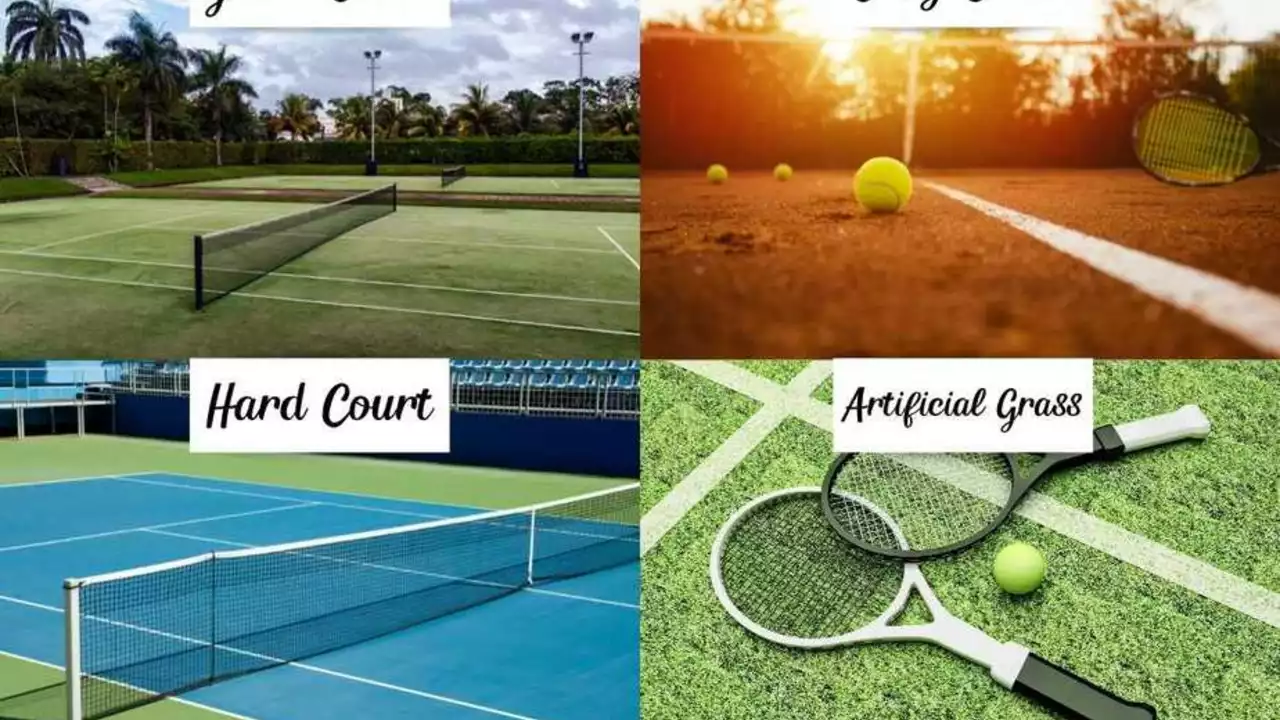Sports & Recreation: Tennis Tips, Court Surfaces, and Game Hacks
Welcome to the Sports & Recreation hub on Tennis Detesters Hub. Whether you’re a casual player or someone who just watches the games, the surface you play on can change everything. Below we break down why surface matters and give you easy‑to‑use advice for handling the toughest one – clay.
Why Court Surface Matters
Each type of tennis court – hard, grass, or clay – plays differently. Hard courts give a fast bounce, grass makes the ball stay low, and clay slows the ball down while sending it higher. That means your footwork, timing, and even the type of shots you choose need to adjust.
Think of it like driving on different roads. On a smooth highway (hard court) you can go fast, but on a bumpy dirt road (clay) you need to slow down and steer carefully. The same principle applies on the court: a wrong step on clay can throw off your balance and cost you the point.
Hardest Surface: Clay – What to Expect
Many players say clay is the hardest surface to play on. The ball bounces higher and slower, which sounds like an advantage, but it also stretches rallies. Longer points mean more sweat, more mental focus, and more footwork work.
On clay you slide a lot. That sliding can feel awkward if you’re used to other courts. To stay balanced, keep your weight over the balls of your feet and let the surface do the work. Short, quick steps help you recover faster after each shot.
If you’re new to clay, start by practicing your split‑step – the tiny hop you do just before your opponent hits the ball. On clay, a solid split‑step lets you react to the higher bounce without losing balance.
Another tip: use more topspin. The higher bounce gives your topspin extra lift, making the ball kick up even more. Hitting with heavy topspin forces your opponent into uncomfortable positions and buys you extra time to set up the next shot.
Endurance is a silent factor on clay. Matches often last longer, so hydrate early, pace yourself, and think of each point as a mini‑sprint rather than a marathon.
To sum up the practical steps for clay:
- Practice sliding footwork in drills, not just matches.
- Focus on a low, stable split‑step.
- Hit heavy topspin to use the bounce to your advantage.
- Stay hydrated and plan for longer rallies.
Take these tips to your next clay session and you’ll feel the difference. The surface won’t seem so hard once your body and mind adapt.
Explore other articles in the Sports & Recreation category for more game hacks, fitness drills, and gear reviews. Keep reading, keep playing, and turn every court into your comfort zone.
